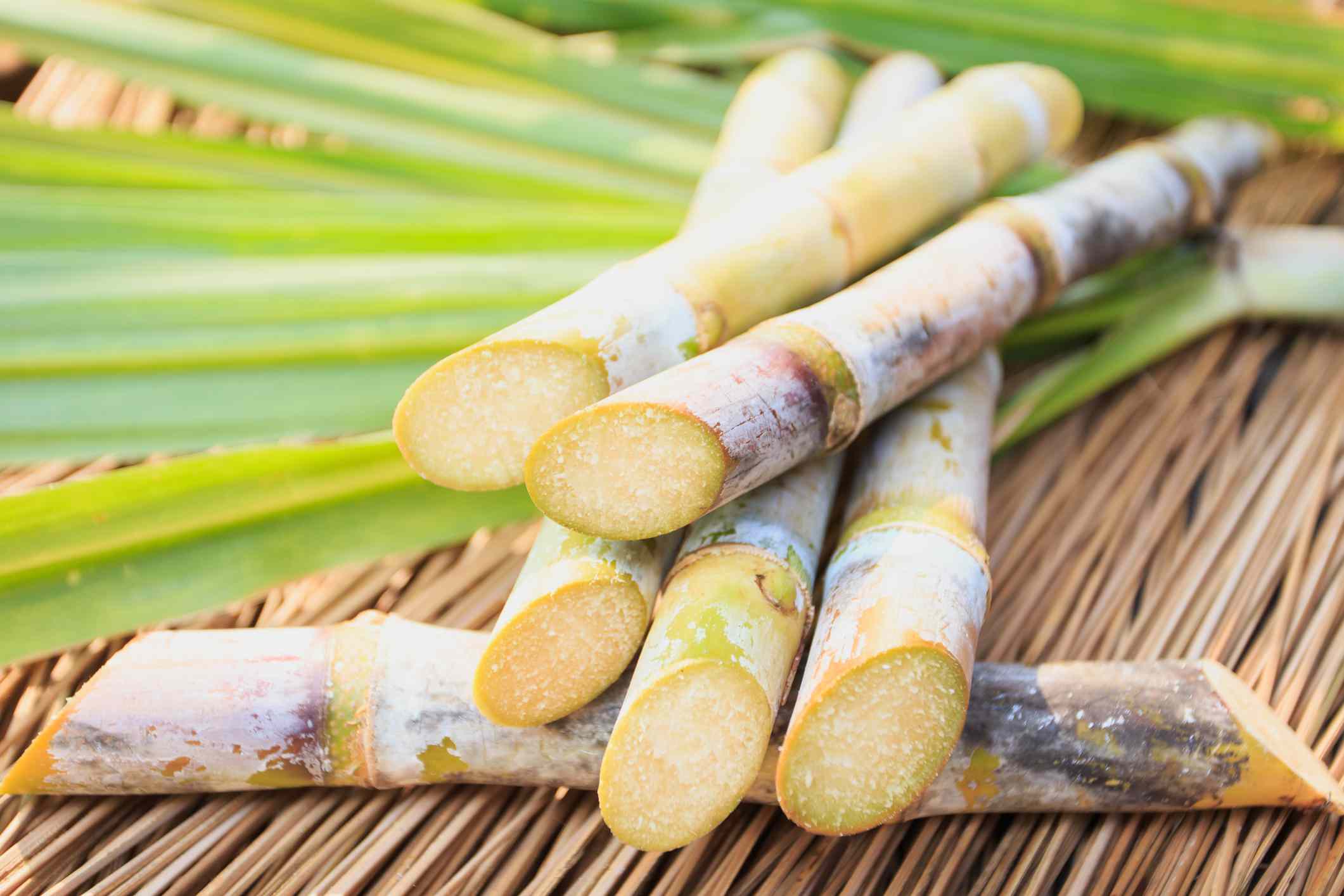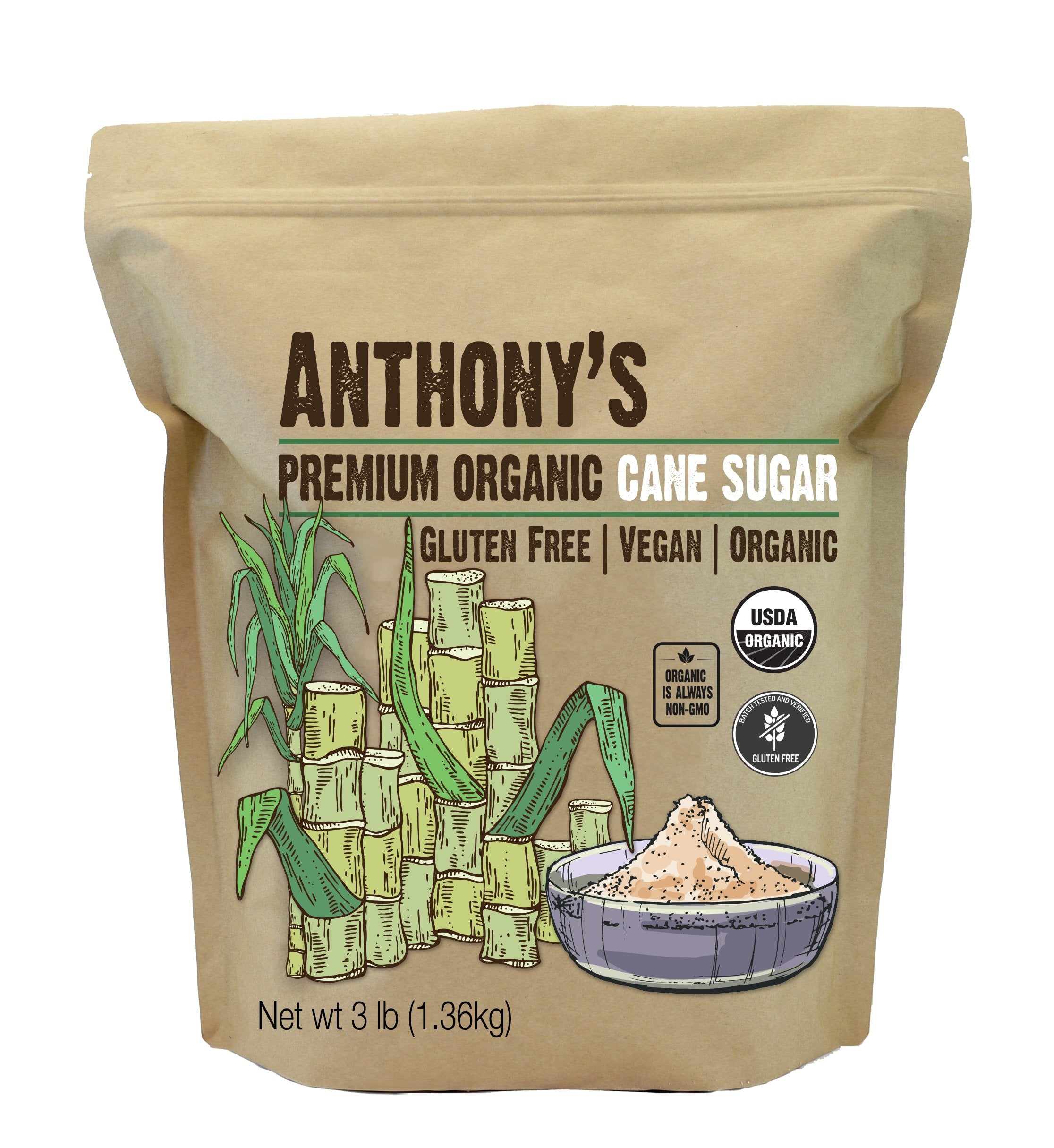Cane Sugar Processing Explained: What Occurs Inside a Sugar Mill
Cane Sugar Processing Explained: What Occurs Inside a Sugar Mill
Blog Article
A Comprehensive Overview to the Environmental Effect and Sustainability Practices in Walking Stick Sugar Handling
The environmental influence of walking cane sugar handling presents an intricate selection of obstacles that warrant cautious evaluation. From soil deterioration and extreme water usage to the carbon footprint related to cultivation and production, the repercussions of conventional practices are far-ranging. On the other hand, the adoption of innovative sustainability measures offers a path toward more liable manufacturing methods. Understanding the interaction between these issues is vital for stakeholders in the sector. What certain methods can be implemented to strike a balance in between productivity and ecological stewardship? The solutions hinge on a more detailed look at both the difficulties and possible solutions.
Summary of Walking Stick Sugar Processing
Walking cane sugar handling includes a series of organized steps that transform sugarcane right into polished sugar. Initially, collected sugarcane is transferred to processing centers, where it goes through cleaning to remove dirt and debris. Following this, the cane is squashed to extract juice, which is after that made clear by getting rid of pollutants via home heating and the addition of lime.
The cleared up juice undergoes dissipation, where water is removed to focus the sugar content. These crystals are divided from the remaining syrup utilizing centrifugation, resulting in raw sugar.
The end product is after that dried and packaged for circulation. Throughout this entire process, keeping efficiency and top quality control is essential to make sure the sugar meets market criteria. Each action in cane sugar processing not just adds to the last item but likewise has implications for resource usage and waste generation, setting the phase for conversations on sustainability and ecological effects related to sugar production.
Ecological Challenges of Production
The manufacturing of walking cane sugar presents a number of substantial environmental obstacles that warrant attention. One main concern is the extensive use agrochemicals, including plant foods and pesticides, which can result in dirt degradation, biodiversity loss, and contamination of neighborhood water sources. The drainage from sugarcane fields often brings these chemicals into neighboring ecosystems, interfering with water life and affecting the health and wellness of neighborhoods reliant on these water bodies.
Another challenge is the high energy consumption connected with sugarcane handling. The boiling and refining phases require significant heat, primarily generated by melting nonrenewable fuel sources, contributing to greenhouse gas emissions. In addition, the extensive acreage needed for sugarcane growing can result in logging and environment destruction, more aggravating environment change and harmful wildlife.
Additionally, the labor methods in some regions elevate honest concerns, as employees might deal with poor working problems and inadequate earnings. This situation frequently bolsters a cycle of poverty in neighborhood neighborhoods. Cane Sugar Processing. Addressing these ecological challenges is vital for developing extra sustainable techniques in cane sugar manufacturing, ultimately profiting both the environment and the neighborhoods involved in this market
Water and Land Use Influence
Water resources and land utilization are critical parts in the cane sugar sector that substantially impact the environment. The farming of sugarcane needs considerable water input, with estimates recommending that it can eat up to 2,000 litres of water per kilogram of sugar generated. This intensive use of water frequently leads to site here exhaustion of regional water sources, influencing not only the sugarcane plantations however likewise bordering environments and communities that rely upon the very same water sources for agriculture and residential usage.

Furthermore, land usage for sugarcane farming can bring about deforestation and the conversion of natural habitats right into monoculture haciendas. This method reduces biodiversity, interferes with regional ecological communities, and contributes to dirt destruction. The development of sugarcane fields commonly trespasses on useful farming land, developing competitors for sources between food and biofuel production.
Sustainable methods, such as enhancing irrigation methods and implementing crop turning, are crucial to alleviate these impacts. By embracing extra reliable water usage and land monitoring approaches, the cane sugar industry can reduce its ecological impact, guaranteeing an equilibrium in between farming performance and ecological conservation.
Greenhouse Gas Emissions
Greenhouse gas emissions stand for a substantial ecological problem within the cane sugar handling market, specifically as farming practices increase to meet international demand. The farming of sugarcane, a crop that prospers in tropical environments, relies greatly on artificial fertilizers and chemicals, which add to laughing gas emissions. Furthermore, land-use changes, including logging for new sugarcane haciendas, release carbon dioxide saved in greenery and dirt.
During processing, energy usage is one more major source of greenhouse gas discharges - Cane Sugar Processing. Lots of sugar mills use nonrenewable fuel sources to power equipment and create warmth, causing substantial carbon impacts. In addition, the transport of raw sugarcane and completed items adds layers of discharges through fuel burning in lorries
The collective result of these exhausts worsens environment modification, positioning risks not only to the setting yet additionally to the lasting feasibility of the market. Stakeholders should recognize the urgent demand for thorough strategies that resolve these exhausts. This includes assessing current farming methods, processing methods, and transportation systems to recognize areas for improvement and reduction. Attending to greenhouse gas discharges is vital for cultivating a more sustainable walking cane sugar industry in a changing environment.

Sustainable Practices and Innovations
Lasting methods and advancements are significantly crucial in the walking stick sugar handling market as stakeholders look for to decrease ecological impacts while keeping efficiency. One considerable development is the application of integrated plant management, which maximizes source use by combining dirt monitoring, pest control, and crop turning methods. This approach improves yield Visit This Link while decreasing chemical inputs and preserving soil health.
In addition, the fostering of renewable resource resources, such as biomass from sugarcane residues, has gained grip - Cane Sugar Processing. By transforming waste items right into power, refining centers can minimize their reliance on fossil fuels, thus reducing greenhouse gas discharges
Water administration methods have likewise seen enhancements with the recycling and reusing of water in processing plants, substantially minimizing freshwater intake. Technologies in modern technology, such as accuracy agriculture, allow farmers to keep track of crop health and resource use more effectively, guaranteeing sustainable cultivation techniques.
In addition, qualification programs like Fair Profession and Jungle Alliance encourage environmentally responsible farming techniques and advertise social equity within the supply chain. By accepting these sustainable practices and advancements, the walking stick sugar processing industry can enhance its strength and add positively to environmental stewardship.
Conclusion
The ecological effect of walking stick sugar processing presents significant obstacles, including soil degradation, high water intake, and greenhouse gas exhausts, alongside moral problems associated with labor practices. Addressing these issues through sustainable methods, such as integrated crop monitoring, renewable resource fostering, and water recycling, is necessary. By promoting environmentally responsible and socially fair approaches in sugar production, the sector can alleviate its unfavorable results, his explanation making sure a more lasting future for both ecosystems and neighborhoods entailed in this sector.
Walking stick sugar handling involves a collection of methodical actions that change sugarcane into polished sugar. Each action in walking cane sugar processing not only adds to the last product yet also has implications for source usage and waste generation, setting the stage for conversations on sustainability and ecological impacts linked with sugar production.
Greenhouse gas discharges stand for a considerable ecological worry within the walking cane sugar processing market, specifically as agricultural methods broaden to satisfy international need.Lasting practices and developments are significantly essential in the walking stick sugar processing market as stakeholders look for to decrease ecological impacts while preserving efficiency.The ecological influence of walking cane sugar processing presents considerable difficulties, consisting of dirt destruction, high water intake, and greenhouse gas exhausts, along with ethical problems related to labor methods.
Report this page